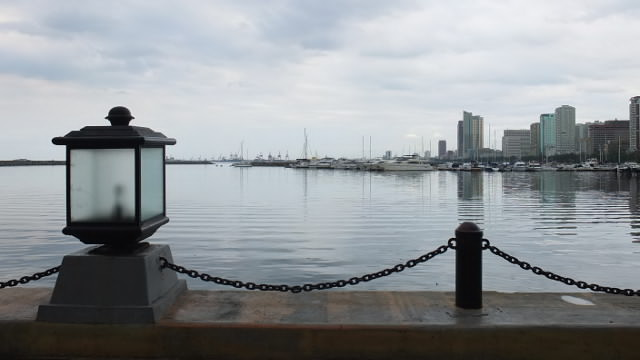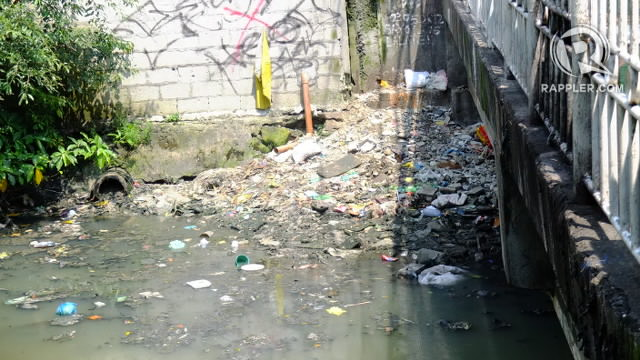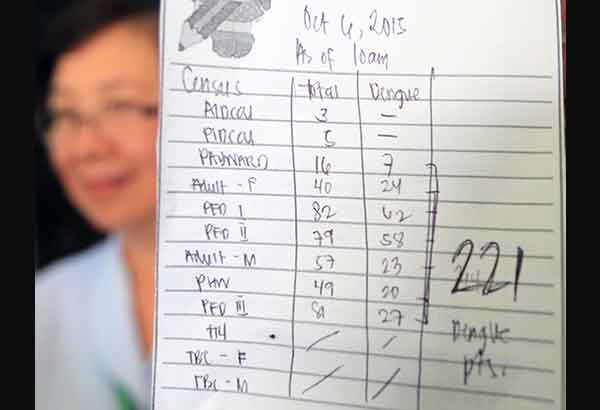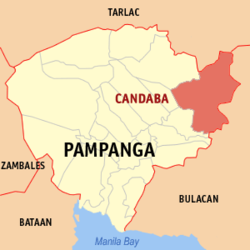

It has been more than 5 years after the Supreme Court ordered government agencies to cleanse the water in Manila Bay, but there has been no progress in terms of water quality. This was bad news shared by the Manila Bay Coordinating Office (MBCO) executive director Noel Gaerlan to Rappler during a Department of Environment and Natural Resources (DENR) event on February 14.
This was the bad news shared by Manila Bay Coordinating Office (MBCO) executive director Noel Gaerlan to Rappler during a Department of Environment and Natural Resources (DENR) event on Friday, February 14.
An indicator of water quality said that coliform is a bacteria found in through the fecal matter of all the warm-blooded animals including humans. The higher the coliform levels, the more likely other bacteria are present, and the more polluted the water.
An indicator of water quality said that coliform is a bacteria found in through the fecal matter of all the warm-blooded animals including humans. The higher the coliform levels, the more likely other bacteria are present, and the more polluted the water.
The Writ of Continuing Mandamus for the rehabilitation of Manila Bay called on the government in 2008 to restore Manila Bay water to class "B" level, meaning fit for swimming and other forms of contact recreation. The ideal coliform level for this water class is 1,000 MPN (most probable number per 100 milliliters).
Garlan said that the government hasn't made significant headway in cleaning up the Bay because of two reasons: growing population in the National Capital Region (NCR) and the lack of water treatment facilities to make sure sewage going into Manila Bay is clean.
The agencies named by the mandamus as responsible for Manila Bay's rehabilitation are the DENR, Department of Public Works and Highways, Department of the Interior and Local Government, Philippine Coast Guard, Metro Manila Development Authority, and the Department of Health. The MBCO is the agency in charge of coordinating all efforts of the departments.



